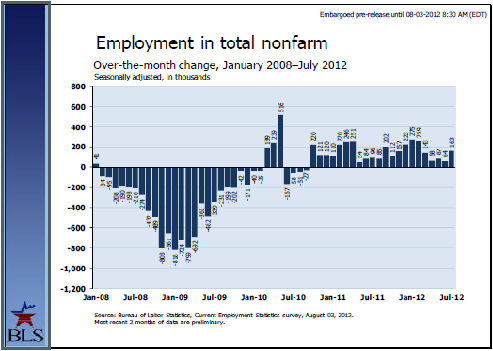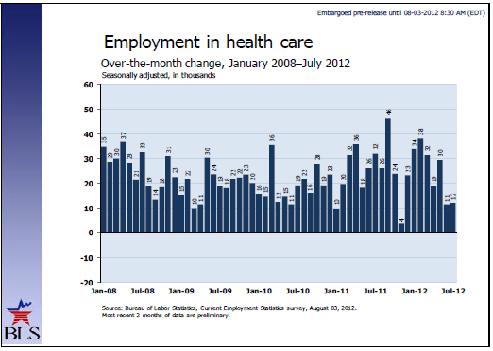By Cyndy Nayer, January 22, 2013
The day before the 2nd inauguration of the President Obama, I have paused. I’ve been thinking about the post I wrote last year at this time, with quotes of MLK and how they applied to my work, my vision, and, at the time, to the organization I had founded and built on evidence of health value innovation. It’s no secret it’s been a tumultuous year for all of us.
This past year has been a year of conflict: the dis-collaboration of the elected officials, the persistence of debt in the government, the modest recovery of the economy, the continuation of foreclosures, and so on. Today, Twitter is alive with evidence of low to no health improvement from electronic medical records (EHR), the appearance of lack of remorse by Lance Armstrong, the noise of the NRA video with the Obama daughters, and so much more negativity.
On the opposite end, there was a call for Obama’s face to join Lincoln’s at Mt. Rushmore , the praise of Obamacare (ACA) [despite the unprecedented increases in insurance premiums for the 21-29 year olds], and the return of Hillary Clinton to Capitol Hill for updates on national defense.
This emotional rollercoaster is a ride this recession-weary country could well avoid. So, today, I search for a hero who can help us refocus, that can help us restore our faith in in positive days ahead, and that will support our call to Capitol Hill and the White House to stop this battling and help us get the country back to work, get the kids healthy, and put our health system to top form and optimal outcomes.
I turn to a story, one more time, about Gabby Giffords, but not the PAC story (though, I’m so glad that she and husband Mark Kelley put their strengths into the efforts to protect our children and communities). No, this time, it’s a message of facing demons and rebuilding on higher ground.
Gabby and Mark sat, on Nov 8, 2012, in a courtroom in Tuscon, AZ and faced her shooter. Through her husband, Gabby told the shooter, “Today I am done thinking about you,” and left the courtroom. Her message to the press is that this is certainly not forgotten, but a resolution to move on.
Gabby is a true American hero. We’ve struggled through her fight to live, her fight to walk, her fight to talk. I’vedocumented the success of the recovery as a testament to all that the American health system does right. The collaboration between health systems, the teamwork of the proficient care providers throughout the recovery, and her personal and very public messaging that yes, she’s getting better, and yes, she’s frustrated, and yes, it’s hard, and yes, she will persevere.
This is the message I’d like to hear from all of our elected officials. America is a “do” country, not a “do not,” not even a “try” country. For many years, when people tell me they are going to try something, I put a grin on my face and remind them of the famous philosopher Yoda, of Star Wars fame, who said “Do or do not, there is no try.” America is that country, the DO country.
Need proof? Check out this article Apollo 40 years on: how the moon missions changed the world for ever. You will discover that innovation that supported the missions to the moon included (excerpt from the article):
Apollo 9 astronaut Rusty Schweickart’s ”mind-expanding view and the epiphany that it triggered led him to vividly appreciate the insanity of humans fighting over borders that were invisible to him from up there. ‘Hundreds of people in the Middle East killing each other over some imaginary line that you’re not even aware of, that you can’t see,” he recounted. ‘ And from where you see it, the thing is a whole, and it’s so beautiful,” he remembered of his view of Earth. “You wish you could take one in each hand, one from each side in the various conflicts, and say, ‘Look. Look at it from this perspective. Look at that. What’s important?’” This later influenced astronomer Schweickart’s speech, later turned into an essay entitled “No Frames, No Boundaries,” was embraced by those at the conference, including Carl Sagan, who borrowed from for his uplifting poem Pale Blue Dot, published in his 1994 book of the same name.
The article goes on to document the increase in education funding that fueled the PhDs who developed the navigation system, the protective coverings, and so much more, all built on the faith that we could actually get a man to the moon, because President John F Kennedy declared it would be so.
Need more proof? Stan Musial. I have also paused today because Stan-the-Man has passed away. I grew up in St. Louis. I was at Stan’s last game in 1963. I saw him often at Musial and Biggies, one of the best steak houses ever (it closed many years ago) and he never failed to give a smile, wave his hand, ask my little brothers for a handshake, or sign a napkin (or a Cardinal cap, which he more often than not was wearing). I saw him 40 years later, still standing tall, still with that cockeyed grin, but a but stooped and a bit unsteady. I wept today, because Stan Musial is the symbol of the Gateway to the West, of the St. Louis Cardinals, of the hope that St. Louis was in those years. The years he played baseball were also the years of Dr. King. I don’t think anyone would say those were collaborative years, no, but we did remarkable things, like missions to the moon, Medicare and Medicaid, and freedom to vote. Our visions, our passions, while not always in sync, came together in sadness (the assassinations of John and Robert Kennedy, and of Dr. King) and in joy (the retirement celebrations of Stan-the-Man, the 1969 walk on the moon).
We never know how far our vision or our passion will reach. We don’t know the depths of despair that some go thru during the frustration of reorganizing the vision, reformulating the steps, but never, ever losing hope of achievement.
I hope no one ever goes through what the parents at Newtown nor Gabby Giffords, nor the families of the now 900+ people who have been killed since the Newtown tragedy occurred must live with every day. I hope I live to see the end of health system errors that cause needless suffering– in poor outcomes, in financial loss, and in family jobs–that we’ve all witnessed over the past years.
I say today that this is where I’m going: to speed innovation that proves it is a solution to the gaps in care, gets people to better manage their own health, and puts the system into pro-active mode for healthier communities. At my lowest, I reach back to the heros, the Gabbys, the Marks, the Stans, the JFKs, the astronauts, the MLKs, and the many more who envision a bolder, grander, more compassionate America. I refuse to give up my dream. I will move forward on the faith that is my core, and I’ll take that first step, that 101st step, and I’ll hold your hand as you join me.
Lonny Dunn (@ProNetworkBuild)
1/12/13, 8:16 AM“The mediocre teacher tells. The good teacher explains. The superior teacher demonstrates. The great teacher inspires.” – William A. Ward
I share with you that tweet above that I think is so profound, and I hope it helps you, and those you love, find your way. I pray, too, that those who guide our country find the will and the faith to solve for what is holding us back, not for personal interests, but for collective improvement. And, I include one more message below from the Twitter-sphere [apologies, I don't know who tweeted it]:
Don’t tell me the sky is the limit when I know there are footprints on the moon.
Be well, my friends, and travel with your head up and your eyes open and your passion in your hearts. Bless the USA, its leaders and its heroes.

 Share This Post
Share This Post 

